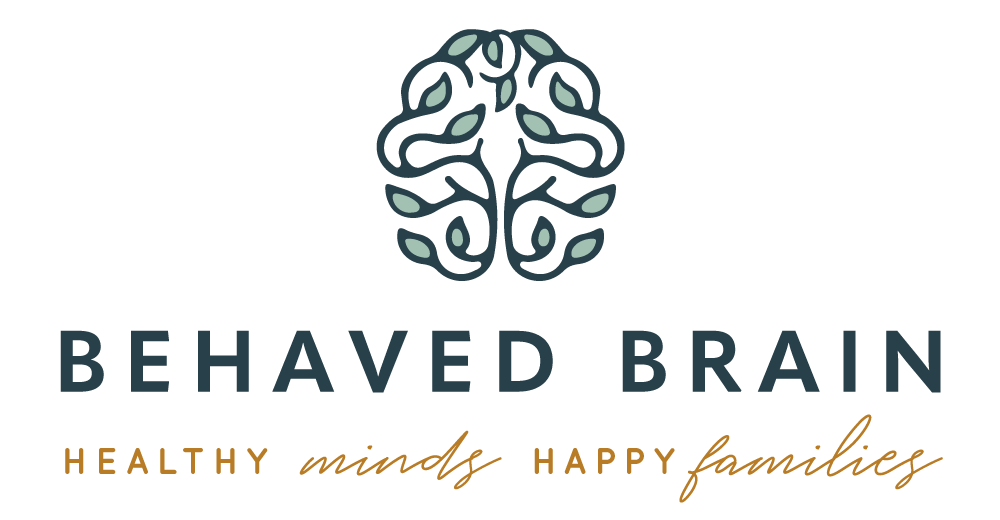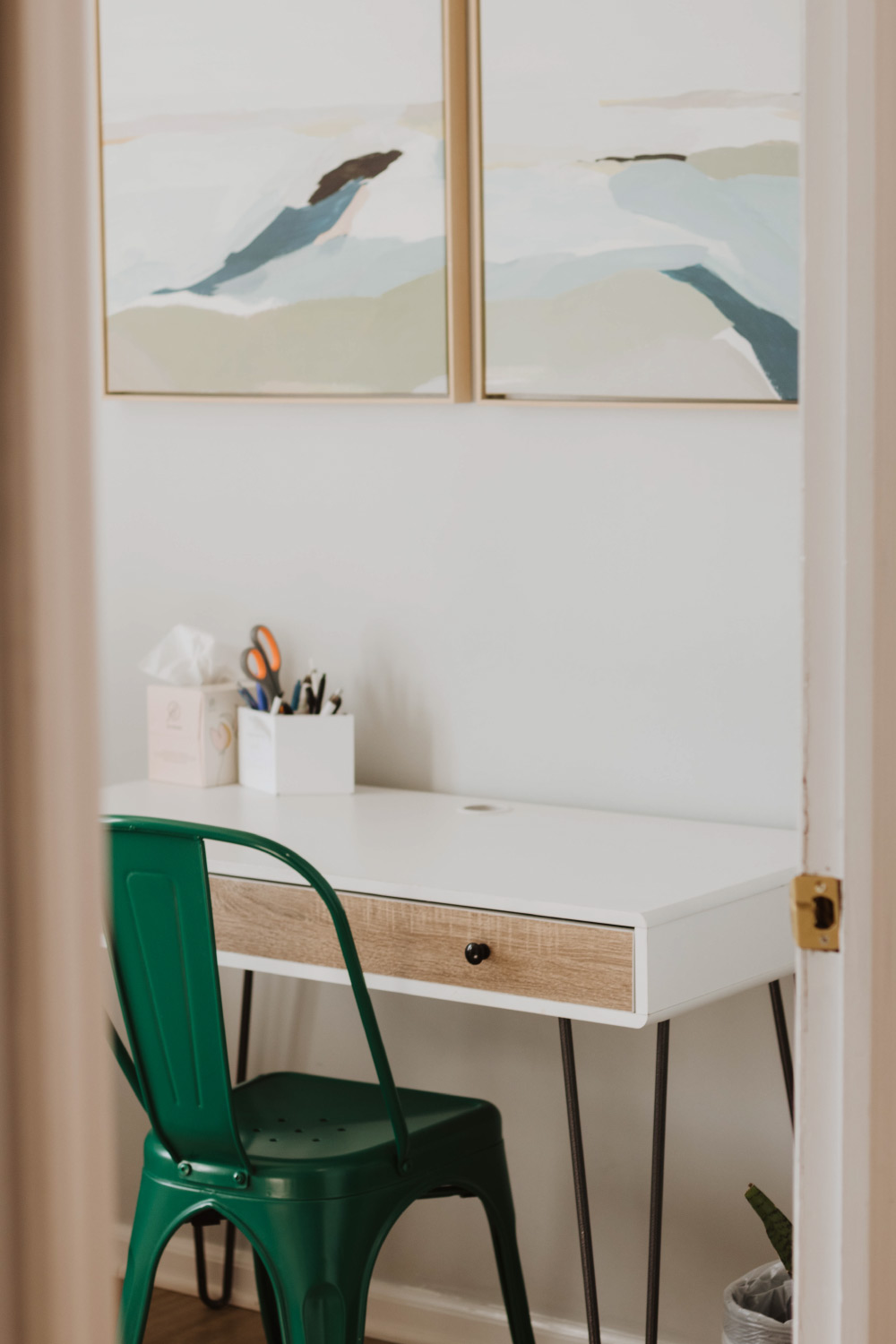There is excitement in the Fall as back to school approaches—a sense of a restart, new schedules, and new normalcy. This year held a sense of relief for parents more than ever! Children were finally feeling incredibly excited to get away from the boredom and inconsistencies of last year.
However, more than ever, we see increased anxiety in children and their caregivers. Despite finally getting what they have been looking forward to-time apart and routine, burnout continues to be high. This then sparks the question, “but why?”
In some respects, this question is difficult to answer. The pandemic has left us with a plethora of unknown, unanswered questions about mental and emotional well-being. Some children and families thrived during the lockdown and are now experiencing stress as they transition into a new normal. Other children who missed socializing are now enjoying talking to friends and engaging in other fun activities. But, unfortunately, some children are feeling tired, drained, unmotivated, or can’t figure out what is different.
Stress and the cascade that occurs under high-stress situations can be debilitating; the effects are long-lasting and different for everyone. It takes a level of awareness of yourself or your children to acknowledge how to recharge and reset. This reset usually has to happen across various factors, including scheduling, diet, sleep, movement, mindfulness, routines, and environmental.
For those of you who have read our previous blogs, this is where our “brain health rainbow” takes place. We use this mainly because it works. We feel better when we address these factors across adults, children, young adults, and adolescents. However, when one of these falters, we create a neurological off-balance. This can then can manifest in behaviors, anxiety, sleep disturbances, or a self of discomfort.
The harsh reality is, as parents, we need to get these tools in place for ourselves before we can for our children. Then, when we are transparent and level-headed. We can then take a step back with patience and understanding to acknowledge what our children need.
For example, I know my eldest needs quiet, outdoor time and a multisensory approach for my own children. He requires visual cues and a schedule filled with predictability and a reinforcement plan. His anxiety and behaviors increase when things are out of control or stress run high. My second born is much more independent; she loves socializing and being in classes. She benefits from one-on-one time with a parent and looks forward to doing certain activities!
Each child has their own strengths and weaknesses; we talk through this with them in their therapy sessions. Our job as parents is to coach them through this journey. We must help them bounce back and learn how to be resilient under stressful situations. Unfortunately, the global pandemic caused some children of this generation to struggle with anxiety more so than generations of the past. Still, as long as we educate ourselves as parents and keep an open mind, they will be a robust and unstoppable generation.







